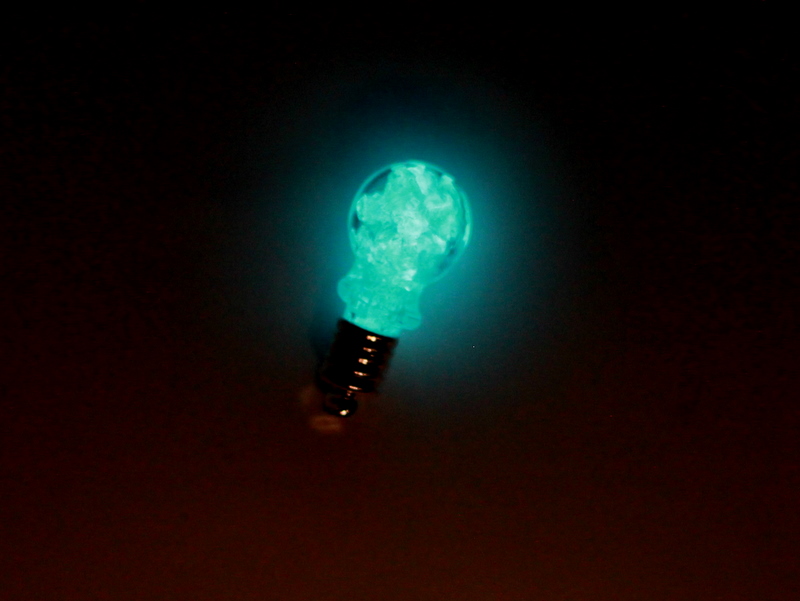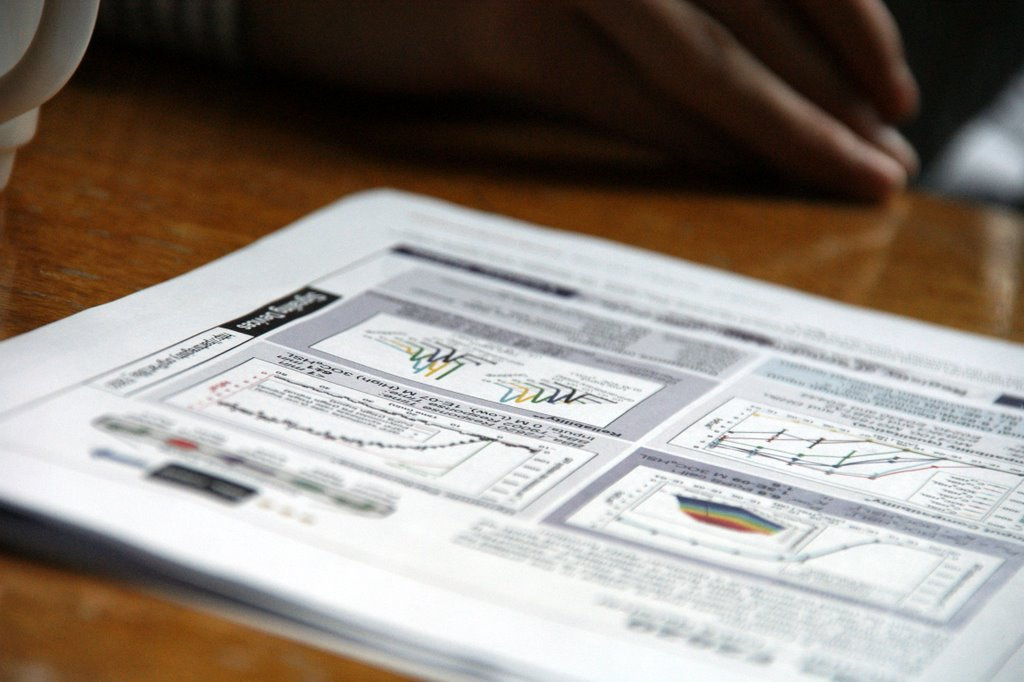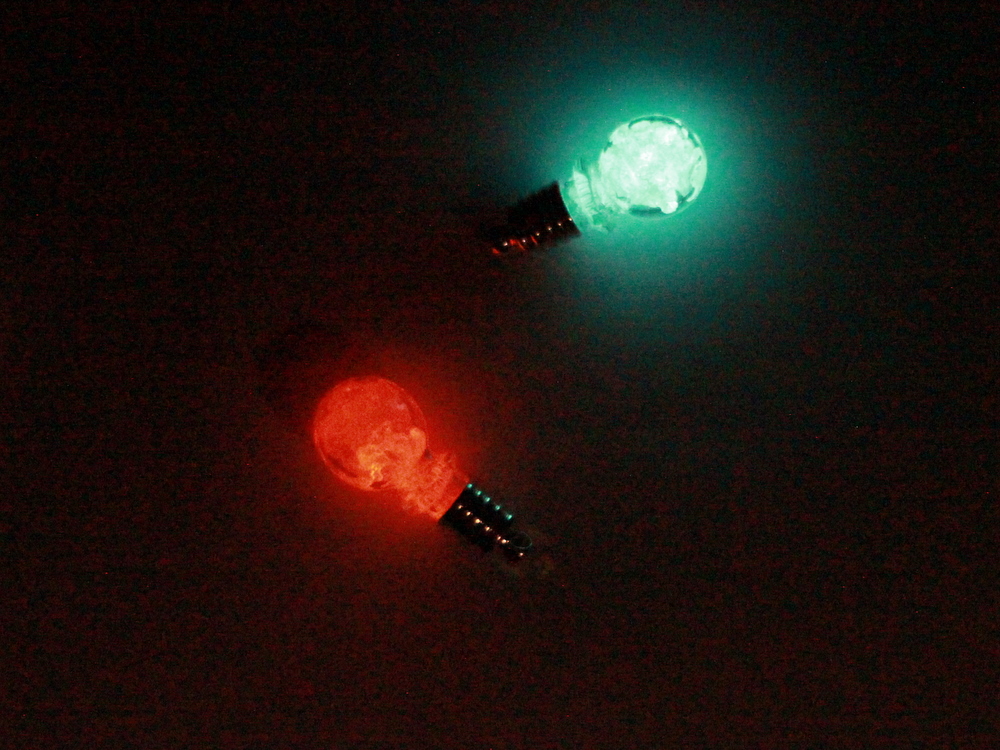Team:Cambridge/Notebook/10
From 2010.igem.org
(New page: <html> <div align="center">Week 9: Monday 6th - Sunday 12th September</div> </html> {{Team:Cambridge/Templates/Day|Day=Monday}} {{:Team:Cambridge/Templates/rightpic|src=Cambridge-DNA20.jp...) |
EmilyKnott (Talk | contribs) |
||
| (10 intermediate revisions not shown) | |||
| Line 1: | Line 1: | ||
<html> | <html> | ||
| - | <div align="center">Week | + | <div align="center">Week 10: Monday 13th - Sunday 19th September</div> |
</html> | </html> | ||
{{Team:Cambridge/Templates/Day|Day=Monday}} | {{Team:Cambridge/Templates/Day|Day=Monday}} | ||
| - | {{:Team:Cambridge/Templates/rightpic|src=Cambridge- | + | {{:Team:Cambridge/Templates/rightpic|src=Cambridge-bluebulb.jpg}} |
| - | + | To our pleasant surprise our plates of P. pyralis in pSB1C3, L. cruciata in pSB1C3 and L. cruciata with pBAD in SB1C3 had all grown successfully over the weekend. Only P. pyralis with pBAD had not grown, which Hannah and Emily (who was back from holiday) repeated that experiment today. | |
| - | + | In the meantime, Bill investigated flights to America and Theo wrote a draft abstract which the team discussed over coffee. The thioesterase plates had also grown over the weekend as well, which was very exciting! Ben set up a plate reader experiment going overnight to test whether L. cruciata luciferase worked and Theo took very pretty pictures of light bulbs glowing with bacteria! | |
| + | |||
| + | In trying to be organised, we've also grown up broths of the original DNA2.0 plasmids and the products of the plates to make glycerol stocks tomorrow. Ben put on a plate reader experiment in the evening while Theo made overnight cultures that could be sent for sequencing. | ||
| - | |||
{{Team:Cambridge/Templates/Day|Day=Tuesday}} | {{Team:Cambridge/Templates/Day|Day=Tuesday}} | ||
| - | {{:Team:Cambridge/Templates/rightpic|src=Cambridge- | + | {{:Team:Cambridge/Templates/rightpic|src=Cambridge-Tue.jpg}} |
| - | + | We sent a number of sequences for sequencing, courtesty of Source BioSciences. Unfortunately in our hurry to meet the deadline we broke a pipette, and we missed it anyway. But the analysis of the plate reader experiment showed us that the Luciola cruciata luciferase was indeed working. Hannah and Emily performed standard Biobrick assembly to try to ligate the pBAD promoter onto the EPIC mutant of Photinus pyralis luciferase and LRE operon, which failed before. We got very excited about blog posts by our very own [http://labrat.fieldofscience.com/2010/09/bacterial-lightbulbs.html lab rat] and also [http://scienceblogs.com/oscillator/2010/09/bacterial_lightbulb.php Oscillator]. Theo plated out Luciola cruciata on an arabinose containing plate in order to make a red bulb to add to our blue. | |
| - | + | ||
| - | + | ||
| - | + | ||
{{Team:Cambridge/Templates/Day|Day=Wednesday}} | {{Team:Cambridge/Templates/Day|Day=Wednesday}} | ||
| - | {{:Team:Cambridge/Templates/rightpic|src=Cambridge- | + | {{:Team:Cambridge/Templates/rightpic|src=Cambridge-Wed.jpg}} |
| - | + | The ligation had failed so Emily and Hannah redid their experiment. Meanwhile, Ben attempted to use site-specific PCR mutagenesis followed by Gibson assembly to mutate the red mutant of Luciola cruciata luciferase back to wild type. This is a first step needed so that we can mutate it into a number of other colours. | |
| + | |||
| + | {{Team:Cambridge/Templates/Day|Day=Thursday}} | ||
| + | {{:Team:Cambridge/Templates/rightpic|src=Cambridge-Uke.jpg}} | ||
| + | Since Hannah and Emily's experiment did not seem to have produced a viable ligation, Theo tried this yet again. But over the course of the day we noticed small colonies growing on a plate from the first ligation, which was an encouraging result. Ben retried the Gibson assembly and the team rehearsed a Gibson Assembly song Theo had written the previous evening. Ben arranged it for ukelele! | ||
| + | |||
| + | {{Team:Cambridge/Templates/Day|Day=Friday}} | ||
| + | {{:Team:Cambridge/Templates/rightpic|src=Cambridge-iGEMpixels.jpg}} | ||
| + | Today we got the robot in Jim's lab to do some work for us, it drew iGEM in Pixels on a 96 well plate! We hope to get this working with all the firefly colours eventually, and hopefully to mix them together. | ||
| + | We also tidied the lab, and continued construction of a bacterial bubble lamp. | ||
| + | |||
| + | |||
| + | |||
| - | |||
| - | |||
| - | |||
| - | |||
==Saturday== | ==Saturday== | ||
| + | Theo and Bill came into the lab. Bill performed a number of Gibson assemblies attempting to separate LRE and luciferase BioBricks. Theo tried continuing Ben's work on site directed mutagenesis of Luciola cruciata luciferase back to wild-type. | ||
==Sunday== | ==Sunday== | ||
Latest revision as of 21:25, 26 October 2010
Contents |
Monday
To our pleasant surprise our plates of P. pyralis in pSB1C3, L. cruciata in pSB1C3 and L. cruciata with pBAD in SB1C3 had all grown successfully over the weekend. Only P. pyralis with pBAD had not grown, which Hannah and Emily (who was back from holiday) repeated that experiment today.
In the meantime, Bill investigated flights to America and Theo wrote a draft abstract which the team discussed over coffee. The thioesterase plates had also grown over the weekend as well, which was very exciting! Ben set up a plate reader experiment going overnight to test whether L. cruciata luciferase worked and Theo took very pretty pictures of light bulbs glowing with bacteria!
In trying to be organised, we've also grown up broths of the original DNA2.0 plasmids and the products of the plates to make glycerol stocks tomorrow. Ben put on a plate reader experiment in the evening while Theo made overnight cultures that could be sent for sequencing.
Tuesday
We sent a number of sequences for sequencing, courtesty of Source BioSciences. Unfortunately in our hurry to meet the deadline we broke a pipette, and we missed it anyway. But the analysis of the plate reader experiment showed us that the Luciola cruciata luciferase was indeed working. Hannah and Emily performed standard Biobrick assembly to try to ligate the pBAD promoter onto the EPIC mutant of Photinus pyralis luciferase and LRE operon, which failed before. We got very excited about blog posts by our very own lab rat and also Oscillator. Theo plated out Luciola cruciata on an arabinose containing plate in order to make a red bulb to add to our blue.
Wednesday
The ligation had failed so Emily and Hannah redid their experiment. Meanwhile, Ben attempted to use site-specific PCR mutagenesis followed by Gibson assembly to mutate the red mutant of Luciola cruciata luciferase back to wild type. This is a first step needed so that we can mutate it into a number of other colours.
Thursday
Since Hannah and Emily's experiment did not seem to have produced a viable ligation, Theo tried this yet again. But over the course of the day we noticed small colonies growing on a plate from the first ligation, which was an encouraging result. Ben retried the Gibson assembly and the team rehearsed a Gibson Assembly song Theo had written the previous evening. Ben arranged it for ukelele!
Friday
Today we got the robot in Jim's lab to do some work for us, it drew iGEM in Pixels on a 96 well plate! We hope to get this working with all the firefly colours eventually, and hopefully to mix them together. We also tidied the lab, and continued construction of a bacterial bubble lamp.
Saturday
Theo and Bill came into the lab. Bill performed a number of Gibson assemblies attempting to separate LRE and luciferase BioBricks. Theo tried continuing Ben's work on site directed mutagenesis of Luciola cruciata luciferase back to wild-type.
Sunday
 "
"



